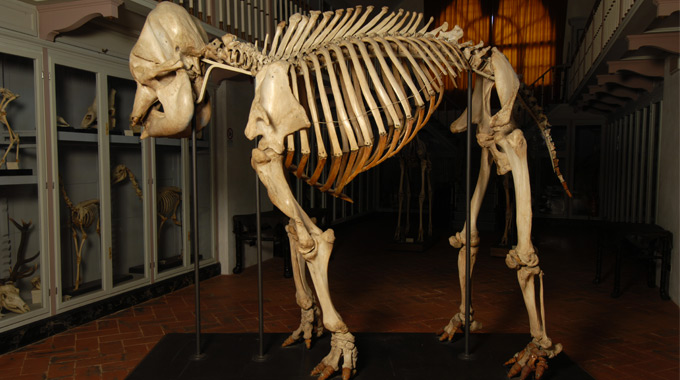
The skull of Hansken, or “Giannina” in its Italian version, reached Amsterdam, where it will be displayed in an exhibition dedicated to her, organized by the Rembrandt Museum. Rembrandt, master of Dutch art from the 17th century, was in fact so fascinated by this female elephant, that he portrayed her in more than one work.
First brought to Amsterdam in 1633, Hansken toured Europe from one owner to another and then finished in the hands of a retired cavalry captain who trained and used her to show her off. In 1655 she arrived in Florence, where she was housed in the Loggia dei Lanzi and where she died due to unknown causes. It was thus that her remains became part of the Lorraine naturalistic collection, first with the exhibition at the Uffizi and then from 1755 to the Royal Museum of Physics and Natural History.
In addition to an extraordinary history, the Hansken skeleton has also a very high scientific value, since it was used by Linnaeus to describe the species Elephas maximus. Recent research has shown that Linnaeus’s skeleton was precisely Hansken’s, officially making it the Type of the Indian elephant.
The loan was preceded by intense collaboration between the ‘La Specola’ Museum and the Amsterdam Museum. A few months ago the curators of Specola extracted the skull, scanned in three dimensions the base on which it stands, and sent the file to the Netherlands, where the support structure was rebuilt. A copy of the skull has also been made, and this will remain propped on the skeleton until the original finding returns.
The exhibition at the Rembrandt House Museum will be open from 26 May 26 to 25 July, unless otherwise determined by the health situation.
